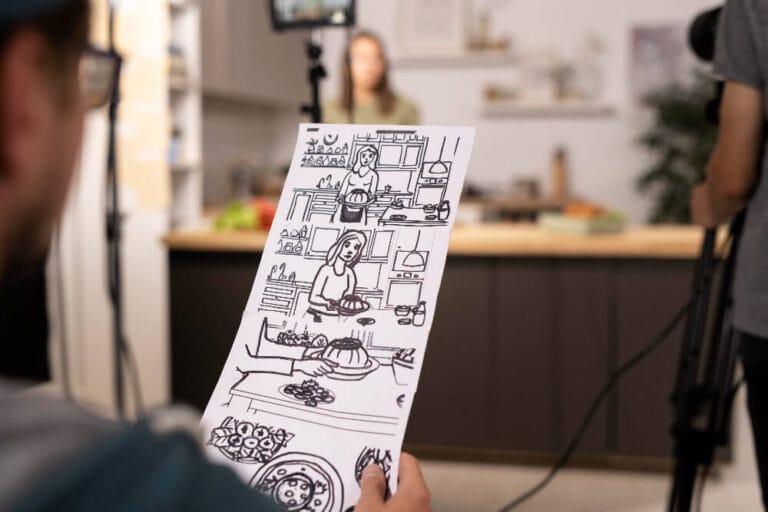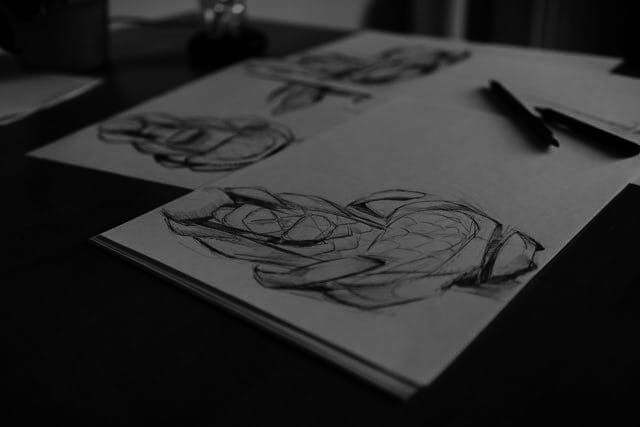One of the most significant roles in the film and animation industries is storyboard artist, designer, or director. However, beginners often overlook it. However, for most media, storyboards are required to create the ideal manga animation or output. In this post, we will quickly discuss the necessity of storyboard artists, the abilities required, and their pay.
The Critical Role of Pre-Visualization in Art

Making sure everything goes well from the start is essential when producing animation, art, or merchandise. A final-stage error might cause serious difficulties, forcing you to go through several layers, many of which are unidentified, in order to identify and address the problem. If anything as important as the lighting, color scheme, or even the camera angles in a film or animation ends up looking bad at the end, it’s almost impossible to fix without starting over.
This is where the storyboard artist’s crucial function really comes into play.
Artists who create storyboards give the project a pre-visualization, setting the stage for how scenes will unfold. This enables teams, directors, and clients to decide on the best course for the project before investing in expensive production phases.
Mastery Behind the Scenes

This process is commonly known as generating a thumbnail sketch in traditional art, as it is a quick and easy way to block out ideas and compositions before committing to a bigger, more comprehensive piece. However, in the animation industry, this procedure becomes known as a storyboard.
Storyboarding is an important process that occurs immediately after the script is produced. It is here that the visual representation of the story begins to take shape. Artists divide the narrative into scenes, drawing out crucial moments to determine the flow of action, camera angles, and character positioning. These sketches are often crude, with a concentration on conveying mood, tempo, and composition above intricate details.
Important Skills for Future Storyboarding
The preposition
Preposition describes how elements are arranged within a composition in animation and art. It guides the viewer’s eye and makes sure the scene feels balanced by deciding how actors and objects interact to one another in space. The use of appropriate prepositions highlights important elements and establishes a smooth flow, which improves narrative.
Perspective
The skill of adding depth and dimension to a two-dimensional image is known as perspective. Artists bring realism and a sense of immersion to their work by employing techniques like scaling and vanishing points to make items appear closer or farther away.
Color Theory
The study of color theory looks at how hues interact to influence mood, narrative, and emotions. Artists can produce visually arresting and significant scenes by having a solid understanding of harmony, contrast, and color psychology.
Inventiveness
The capacity to produce various iterations or approaches to a single concept while introducing novel and varied viewpoints is known as creativity. It entails trying out several layouts, styles, and procedures to determine which one works best for the project in both animation and art. Being creative is important, but so are adaptability and problem-solving skills to satisfy both artistic and utilitarian demands.
Worth of a Professional

The average annual compensation for a storyboard artist is $94,490, with an estimated total compensation of $102,587. Based on salaries gathered from our users, these figures show the median, which is the middle of the ranges from our proprietary Total Pay Estimate methodology. The expected yearly increase in pay is $8,098. Cash bonuses, commissions, tips, and profit-sharing are examples of extra compensation. source





